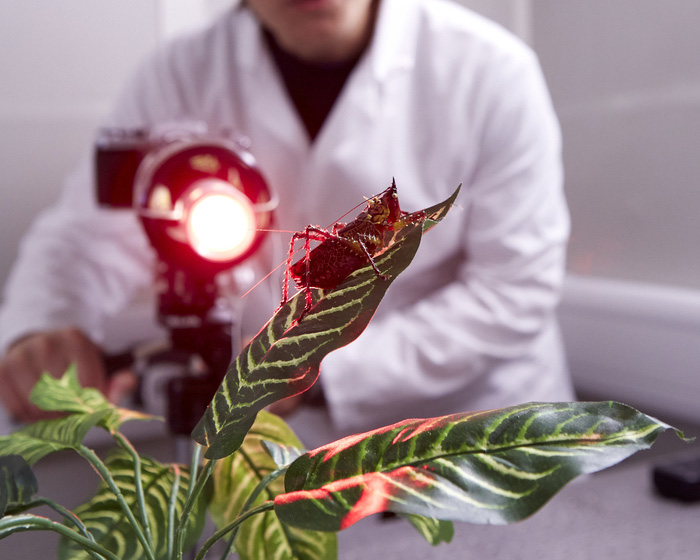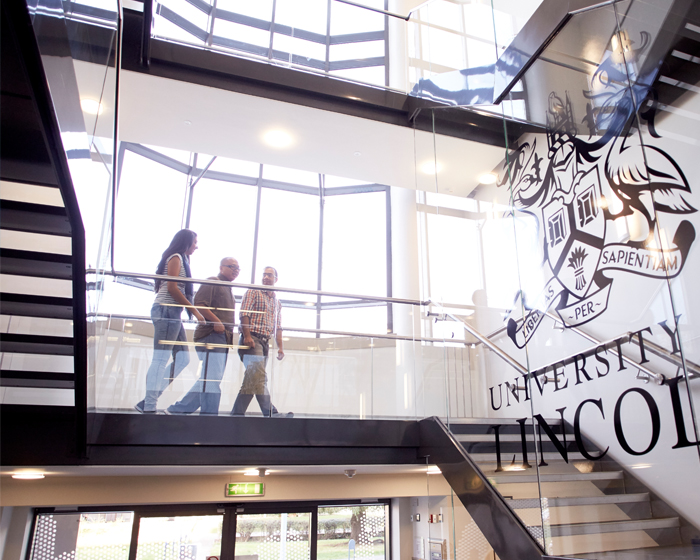/prod01/university-of-lincoln-cdn-pxl/media/responsive2017/images/course/coursebanner/zoology-university-of-lincoln.jpg )
School of Natural Sciences
Welcome
The School of Natural Sciences brings together a range of disciplines, allowing students to benefit from a wide range of complementary teaching by academics with broad expertise from the molecular scale through to the environments in which we exist and everything in between. We aim to provide an exciting and stimulating environment where excellence in teaching and research is highly valued, allowing students and staff to pursue their scientific ambitions in excellent modern facilities.
Specialist Facilities
Our students study in modern, well-equipped laboratories in the University’s Janet Lane-Claypon Building and Joseph Banks Laboratories, as well as in Minster House, which provides specialist laboratories for animal cognition, behaviour, and welfare, including an insectary and a bioacoustics laboratory.








